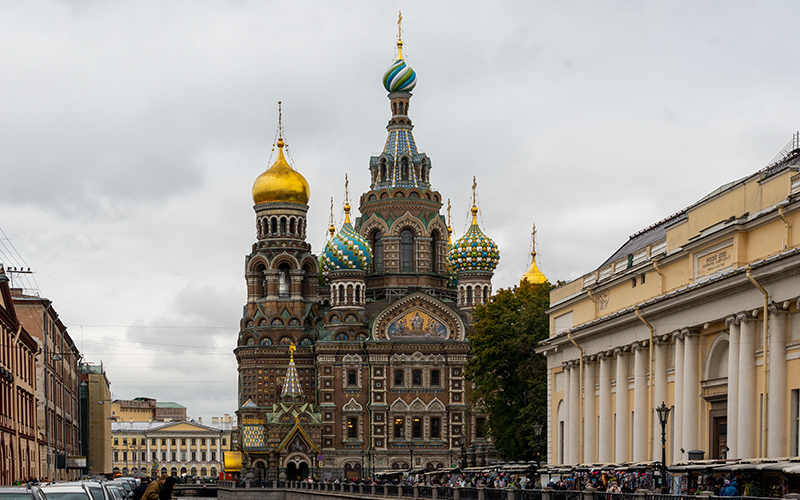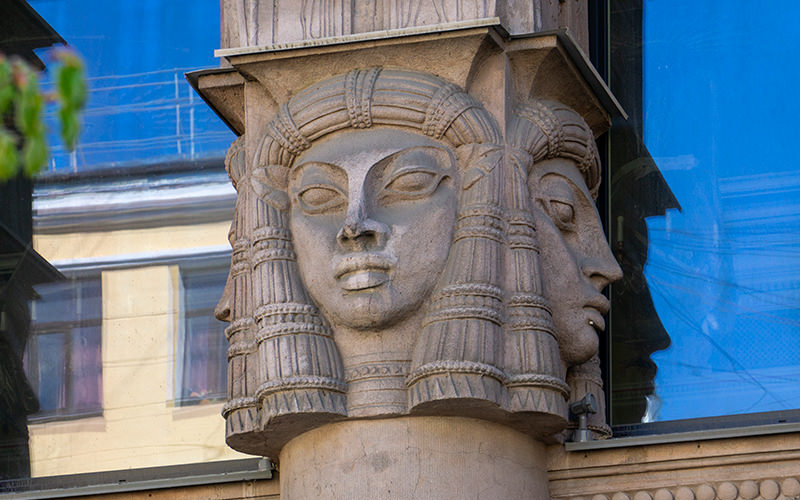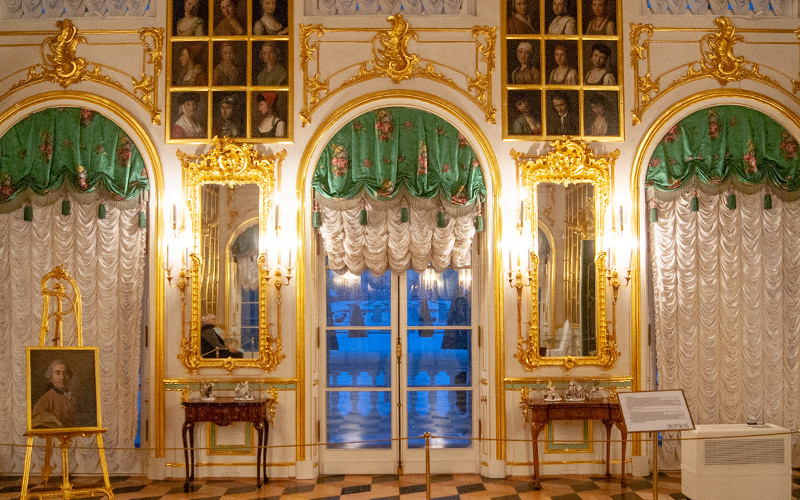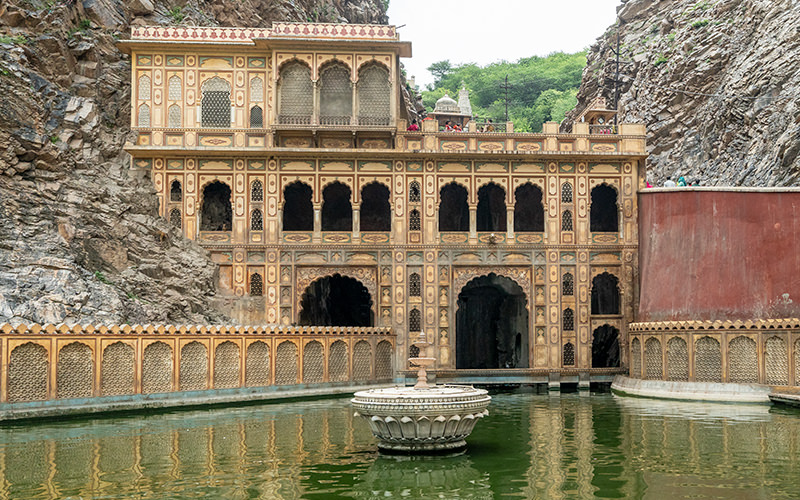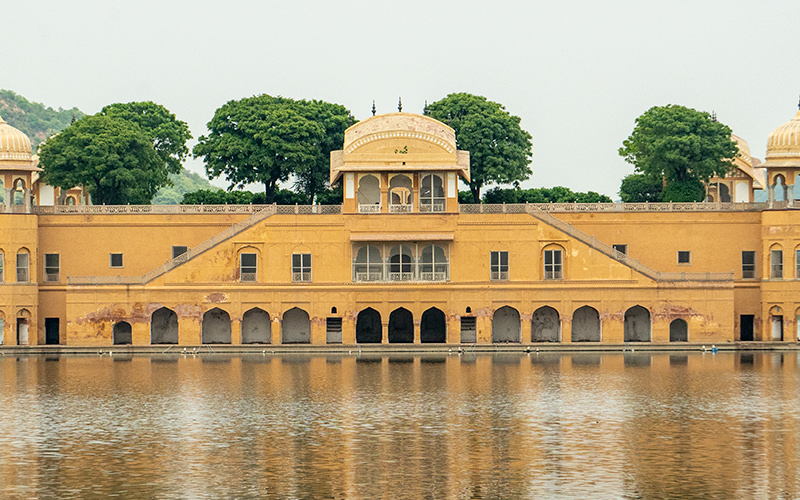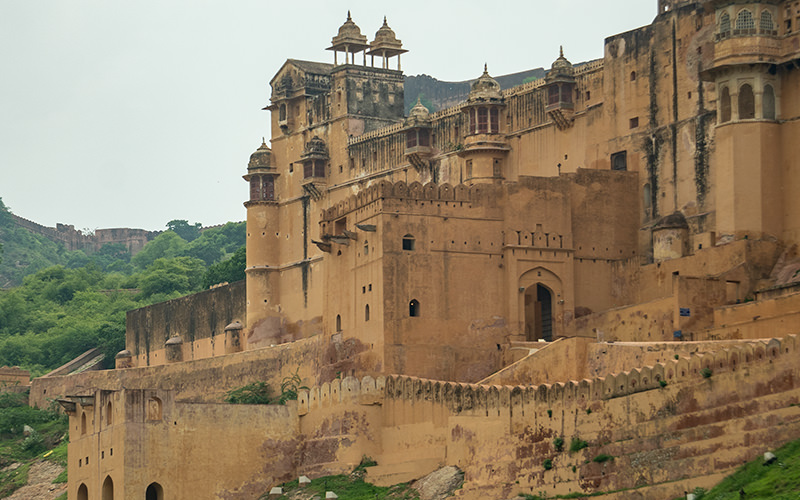Friends, I continue to share my journey through the Golden Triangle of India. The first city I visited during my trip was Delhi, and now we will move on to Jaipur. Due to the abundance of vibrant sandstone in its architecture, this city is called "Pink." One of the most unusual and beautiful attractions in Jaipur is the bright "Palace of Winds." Today, I will show you a few photos of it.

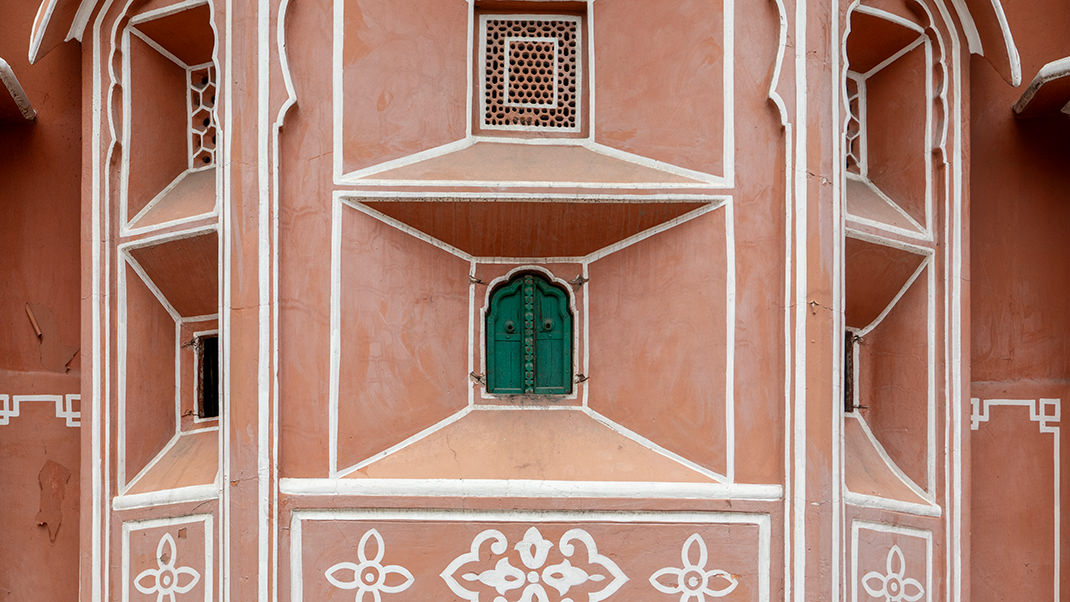

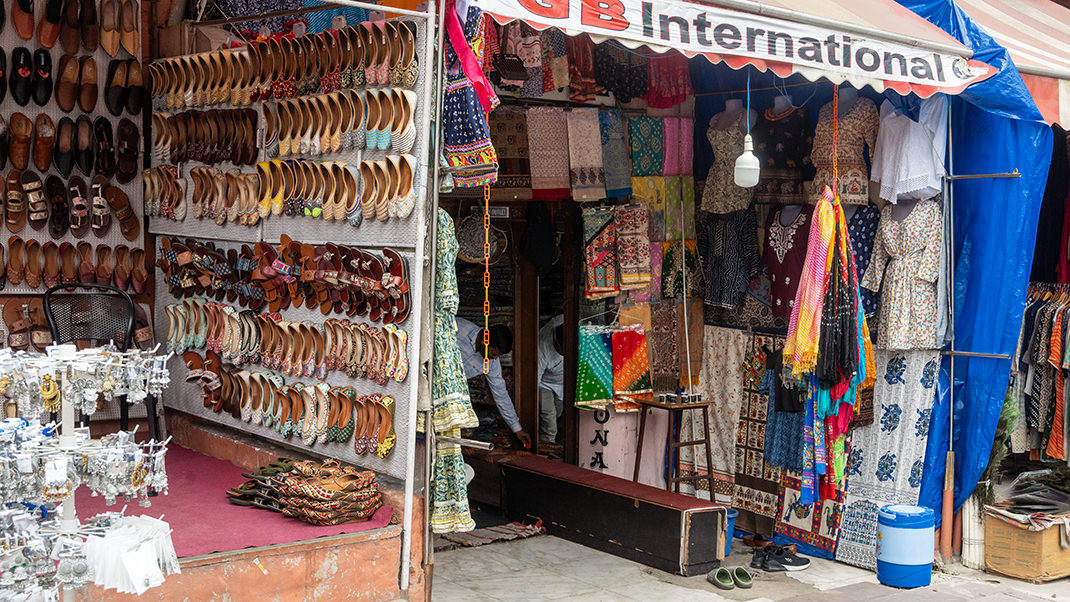
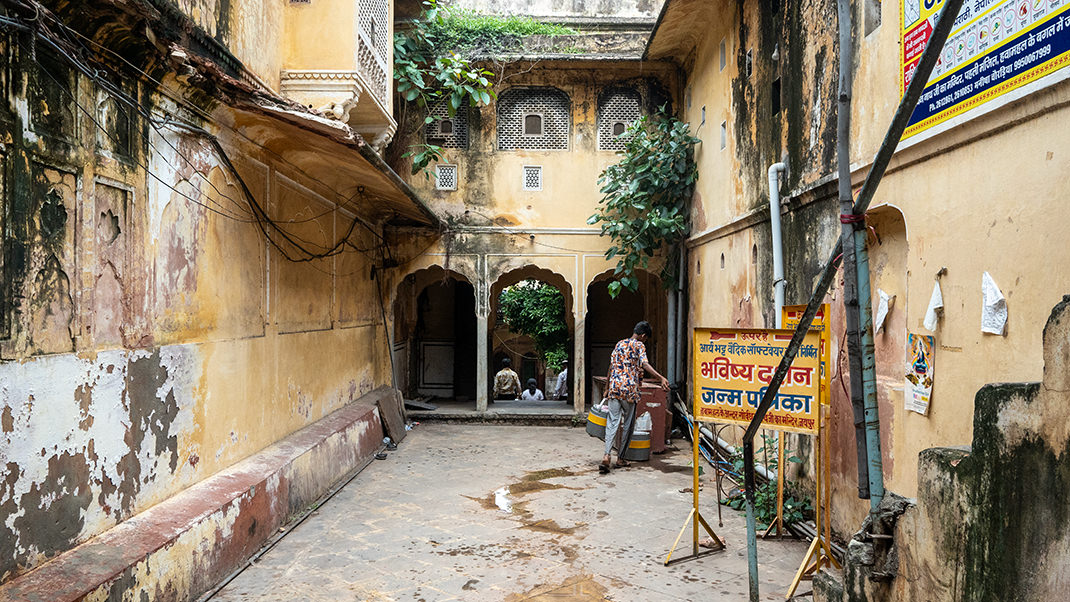
A Walk Through the Palace of Winds
Hawa Mahal was built in 1799. The building was designed so that the female members of the ruling dynasty could observe the life of the city and the processions passing by the windows of the building.
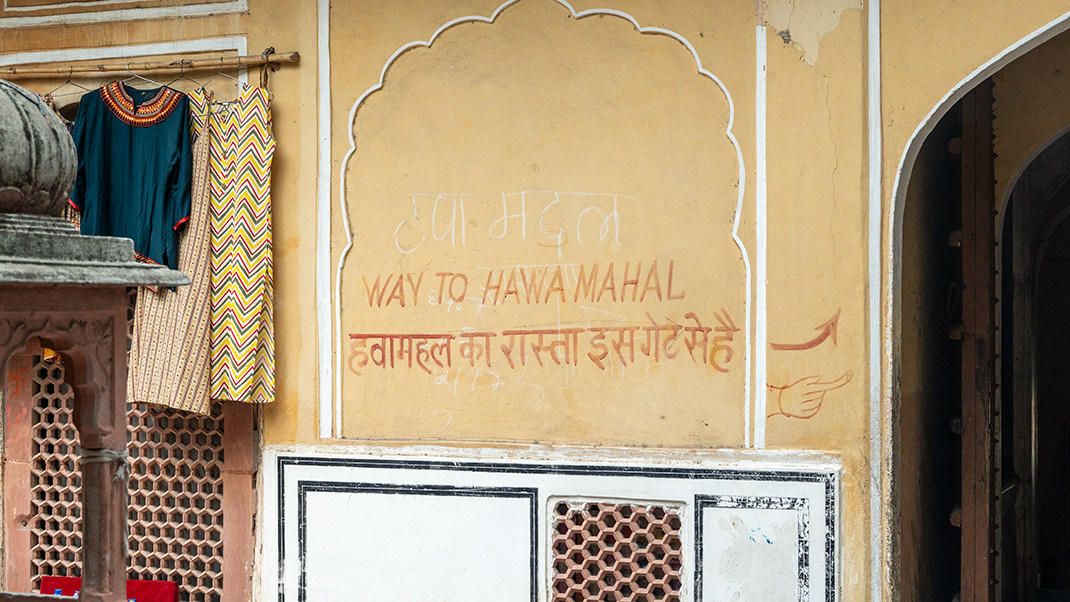
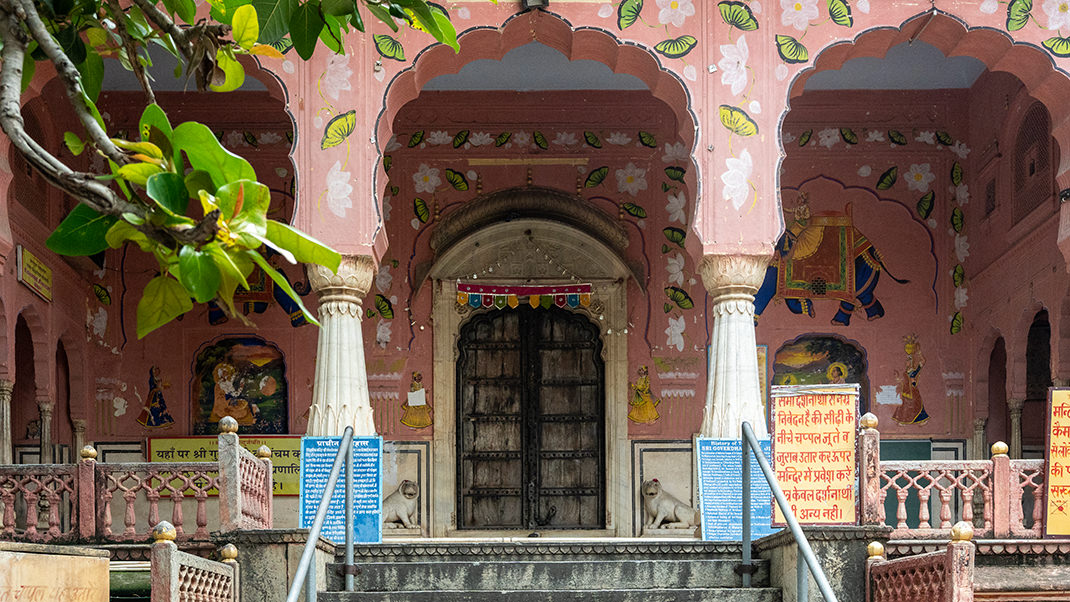


The Palace of Winds is interesting for both its facade, which features 953 windows, and the original system of ceramic tubes that provided ventilation throughout the building. Even on the hottest days, the rooms of the complex remained cool. Travel guides often compare Hawa Mahal to a giant organ.
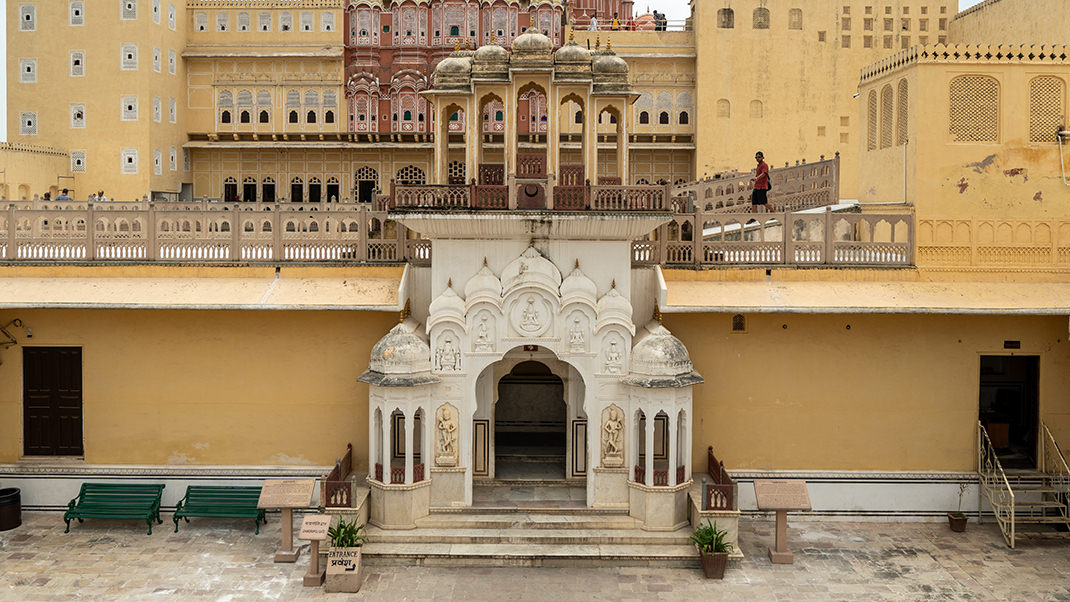
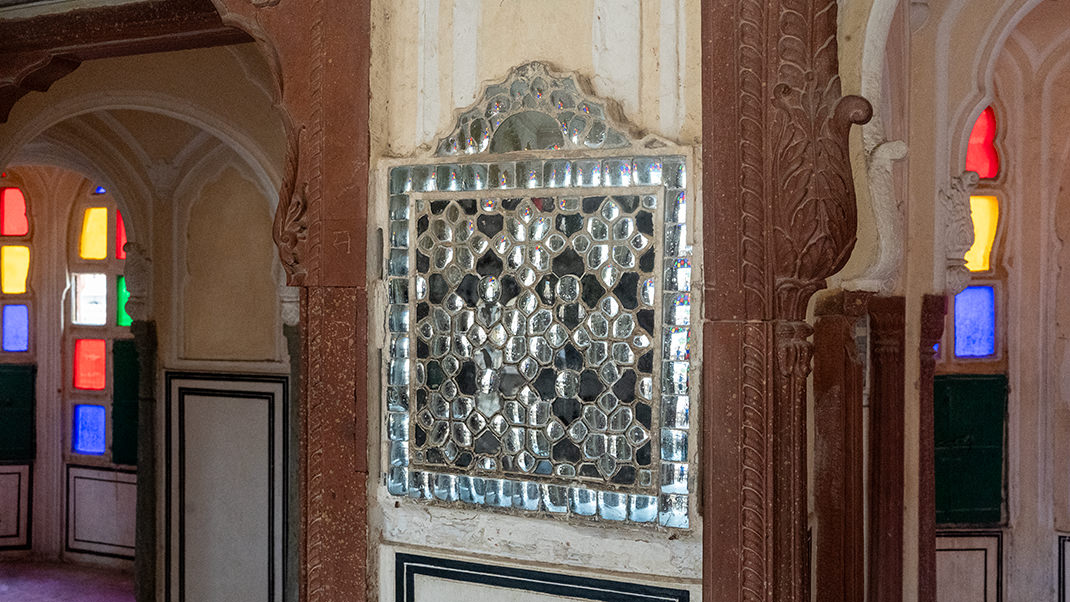

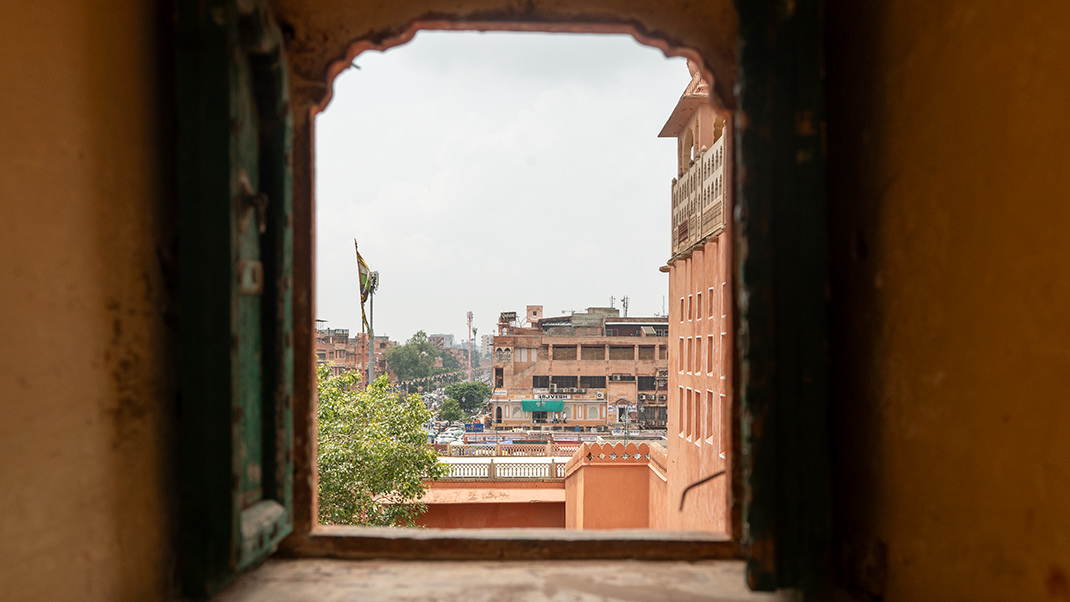
The building still partially serves its ventilation function today: on the day of my visit, the temperature outside was over 30 degrees Celsius, but there were places in the palace where a cool breeze would blow on the tourists.
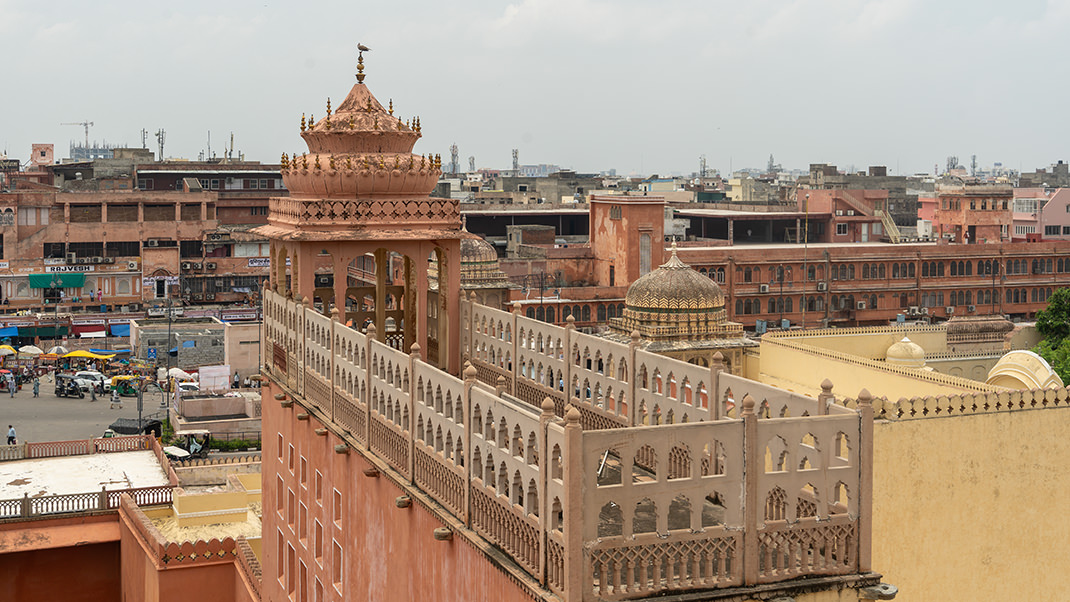
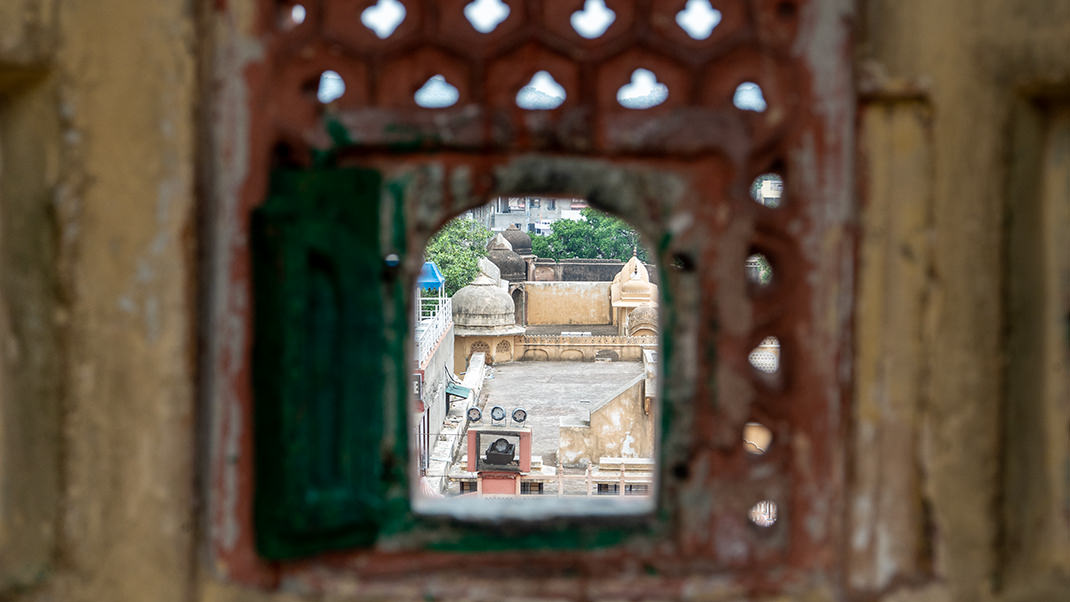
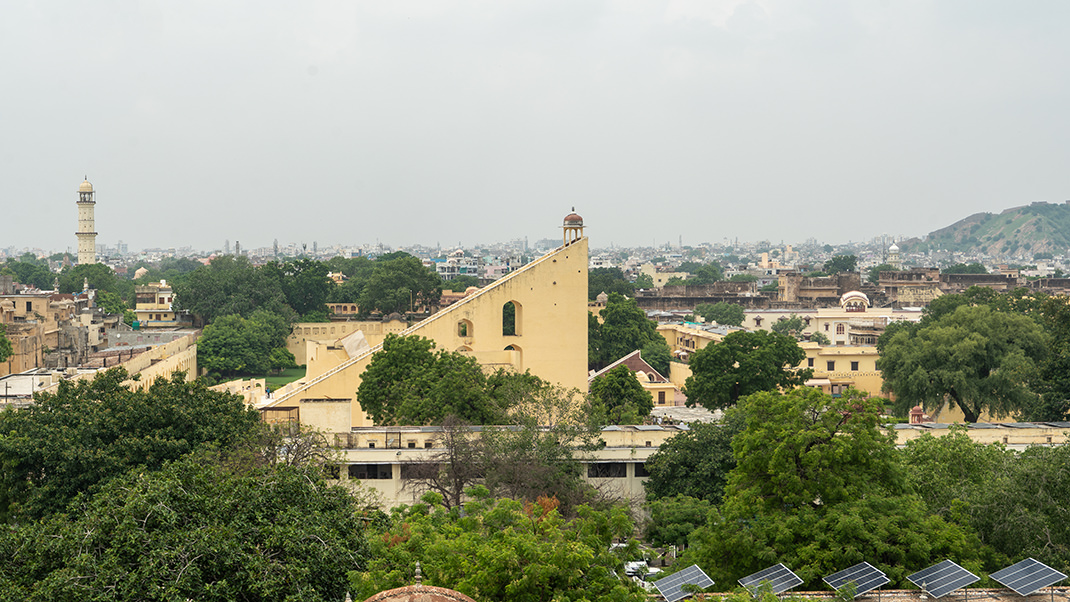
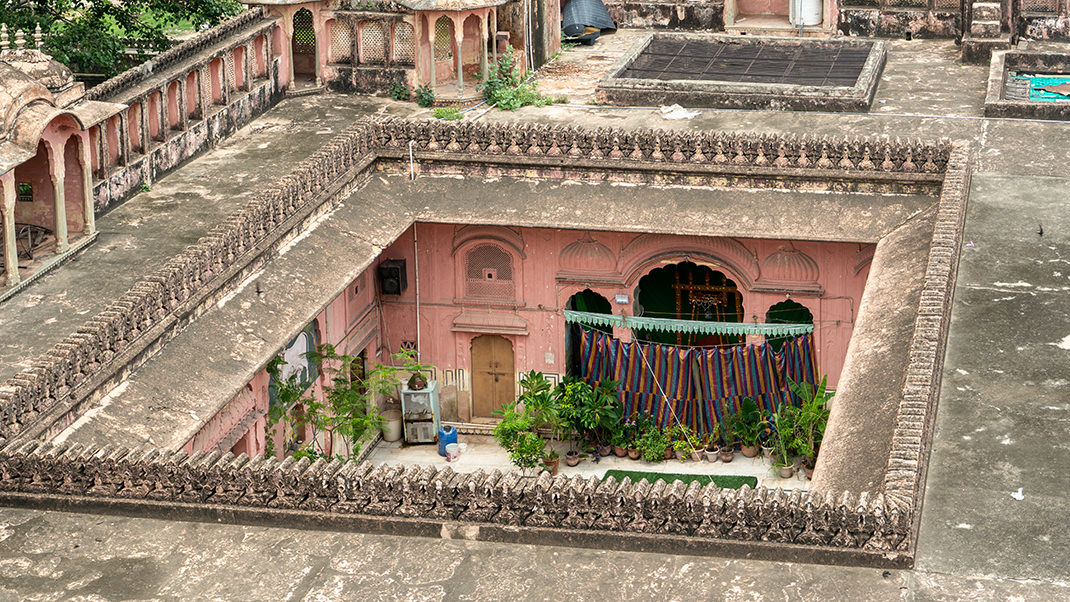
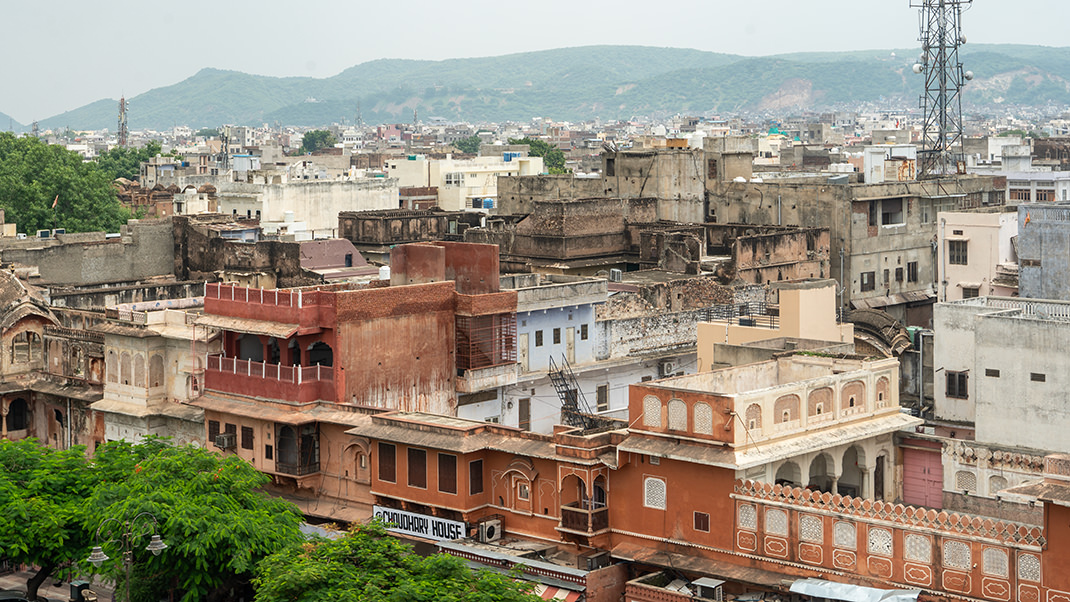
The building has five floors. The facade looks very whimsical, adorned with numerous balconies and lanterns with grilles and windows with small shutters. The color of the palace walls further confirms that Jaipur is rightly called the "Pink City."
Travelers can enter the complex and climb to the top level. The system of rooms and corridors in the palace is non-linear. You can create your own route through the building; for instance, you can go up one staircase and come down another.
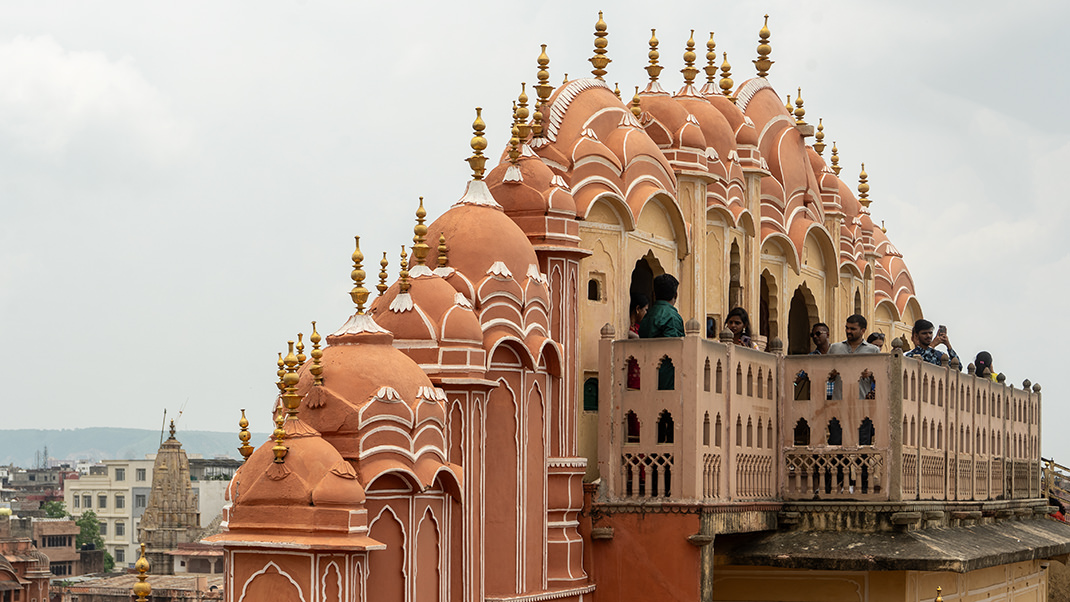
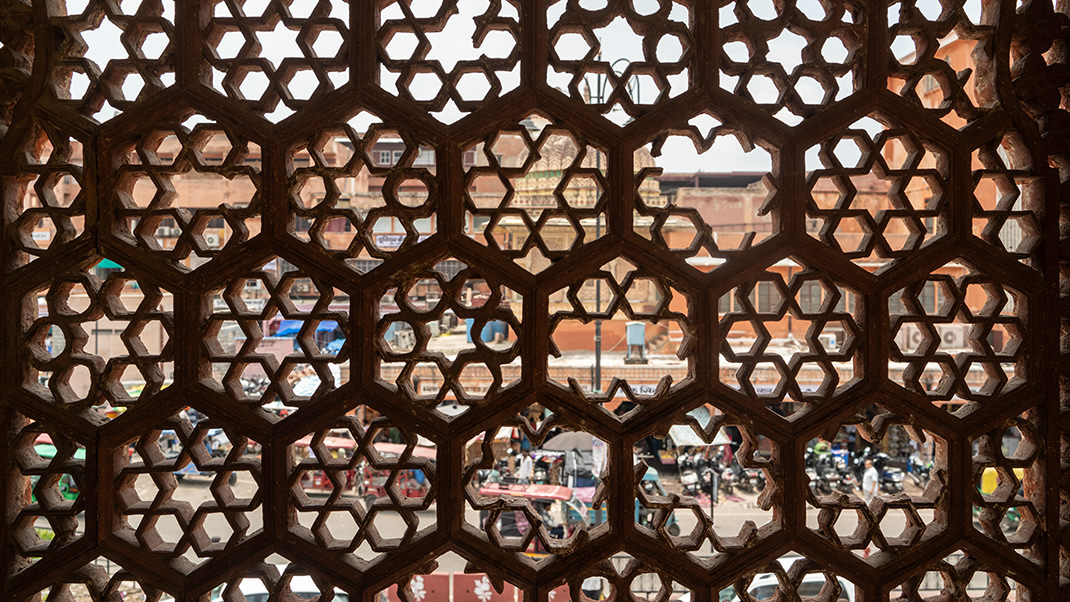
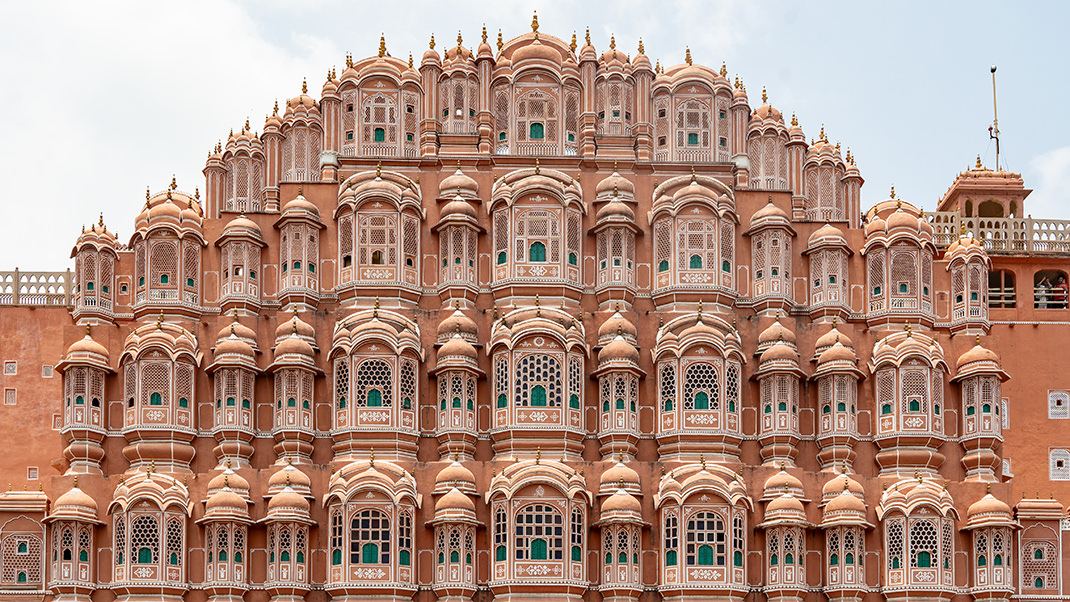
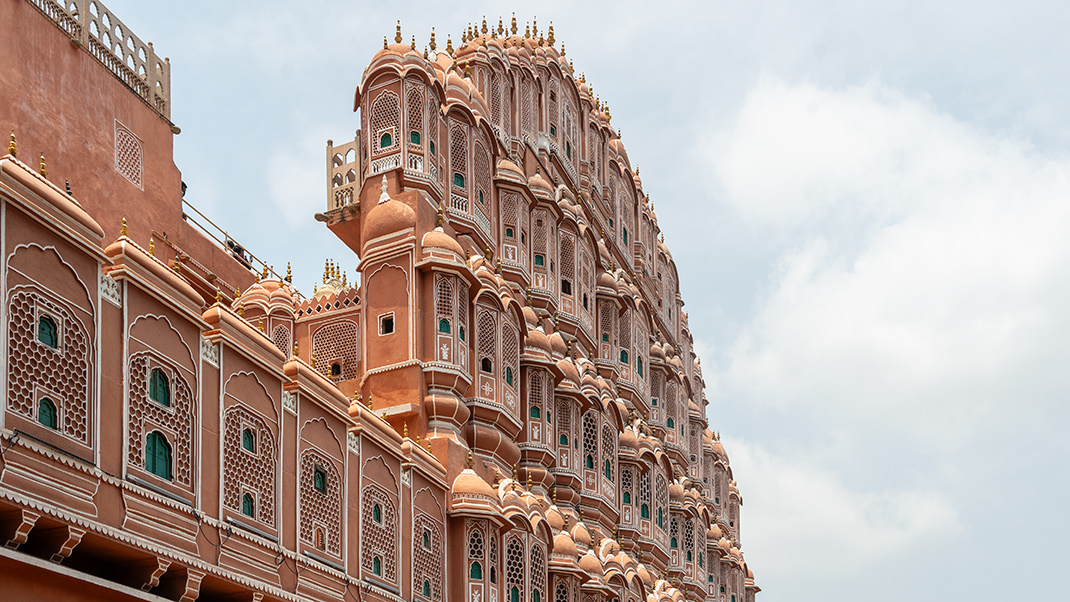
Getting to the Palace of Winds
Jaipur was the second city on my route through the Golden Triangle of India. I arrived here by train from Delhi. As I mentioned in my overview article about my trip, Indian trains are not as frightening as I had imagined in the past. Now you can buy a ticket for a comfortable intercity train right from home.
Jaipur has a metro, and the nearest station to the palace is Badi Chaupar. I purchased a one-day transport card, which cost 50 rupees.
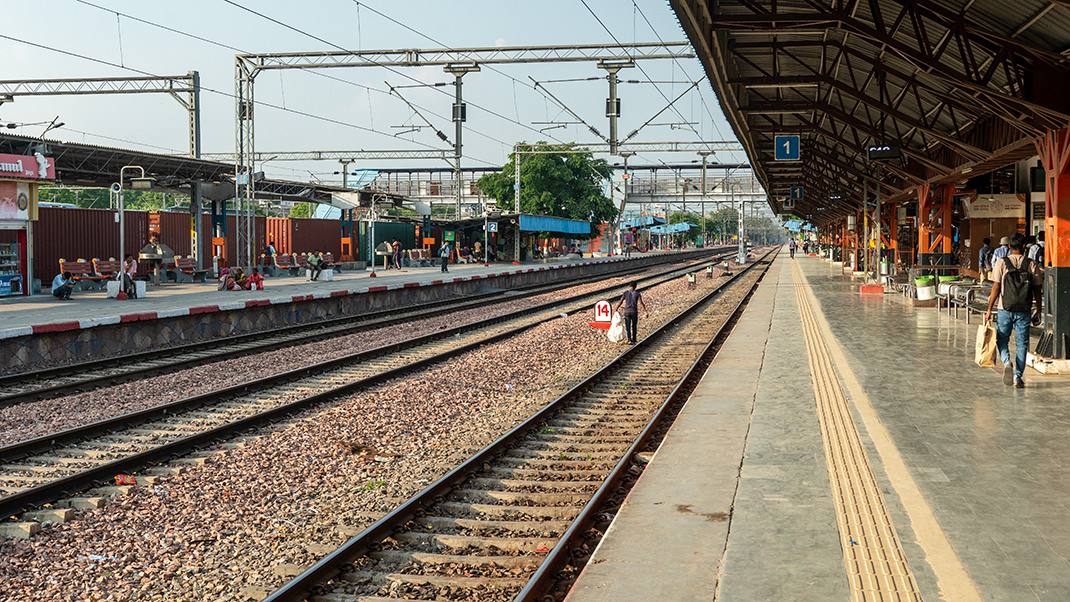
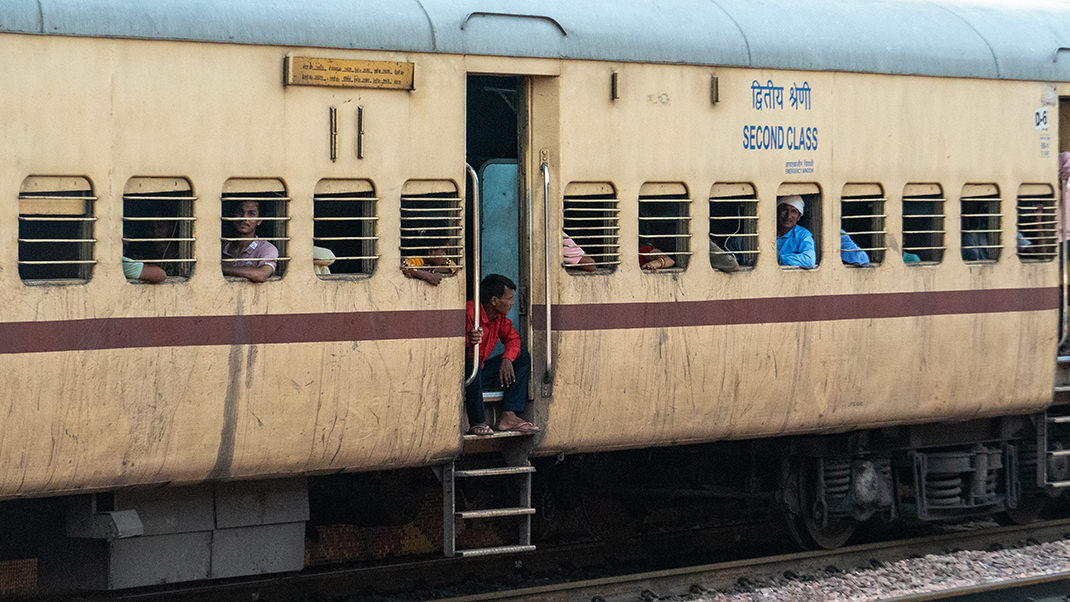
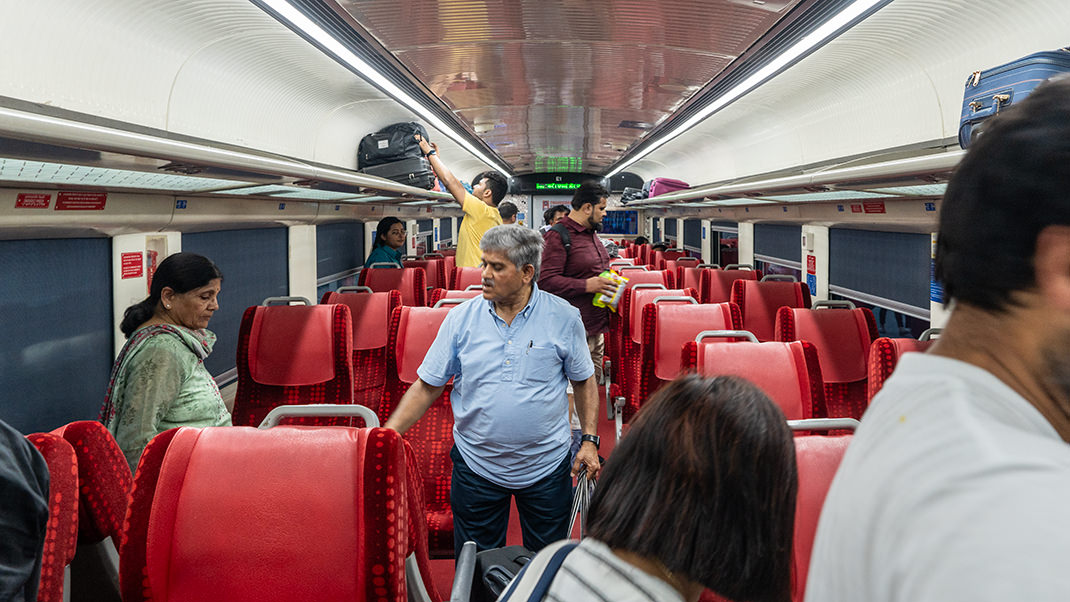
The entrance to the complex is through the courtyard. To the right of the main facade, there is a passage into the neighborhood; travelers will not get lost if they follow the signs. The entrance fee for visitors in the summer of 2024 was 202 rupees. You cannot pay by card here; only cash is accepted. I didn’t think about this, so I had to return to the main facade of the building, where the ATM is located to the left of it.
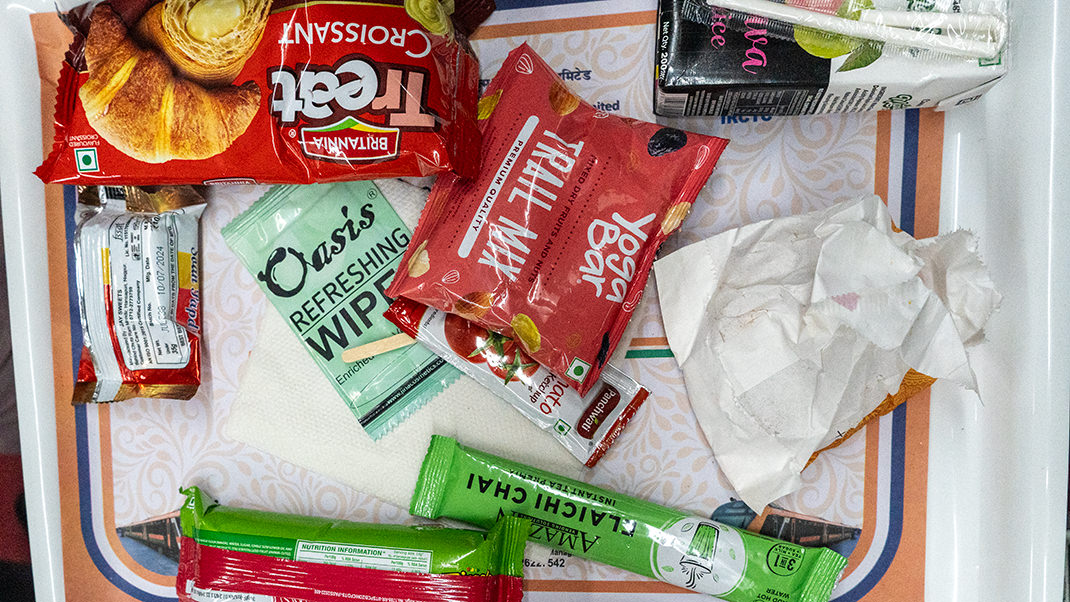
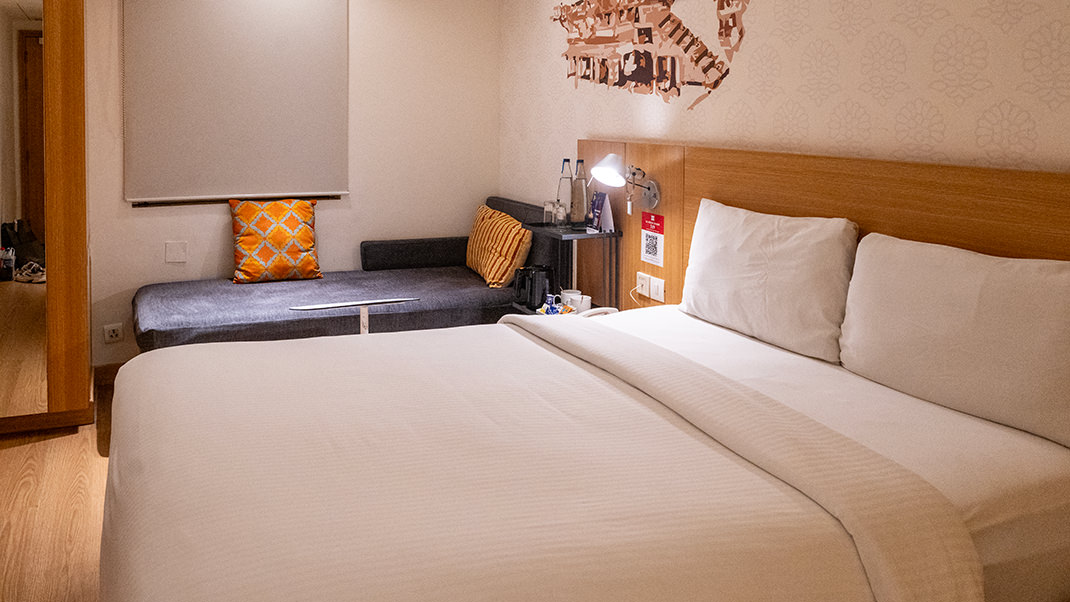
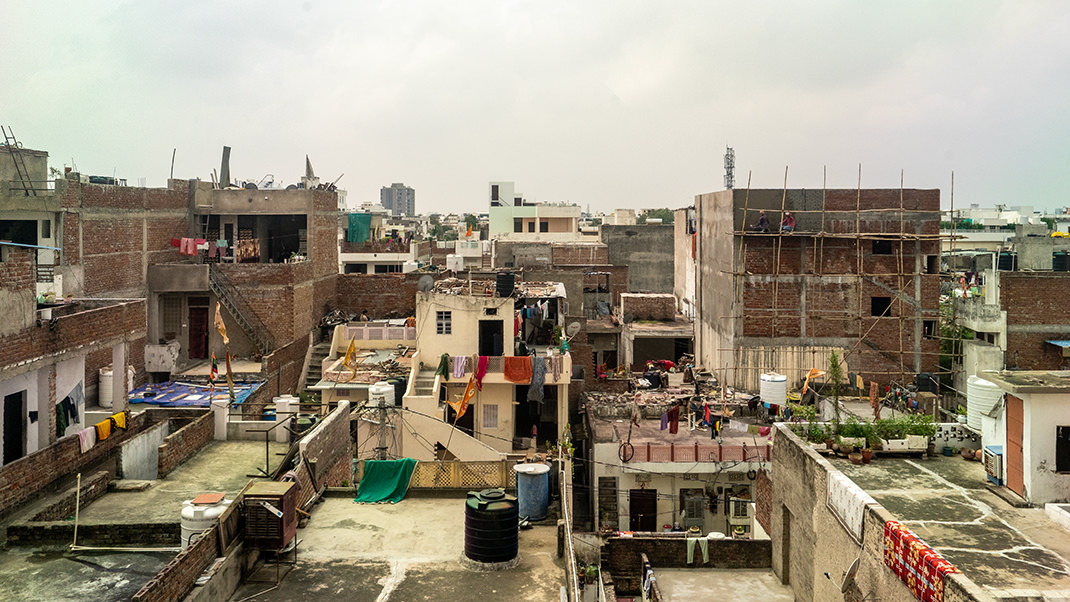
The next attraction in Jaipur that I will introduce you to will be the Amber Fort.
Have a nice trip!


